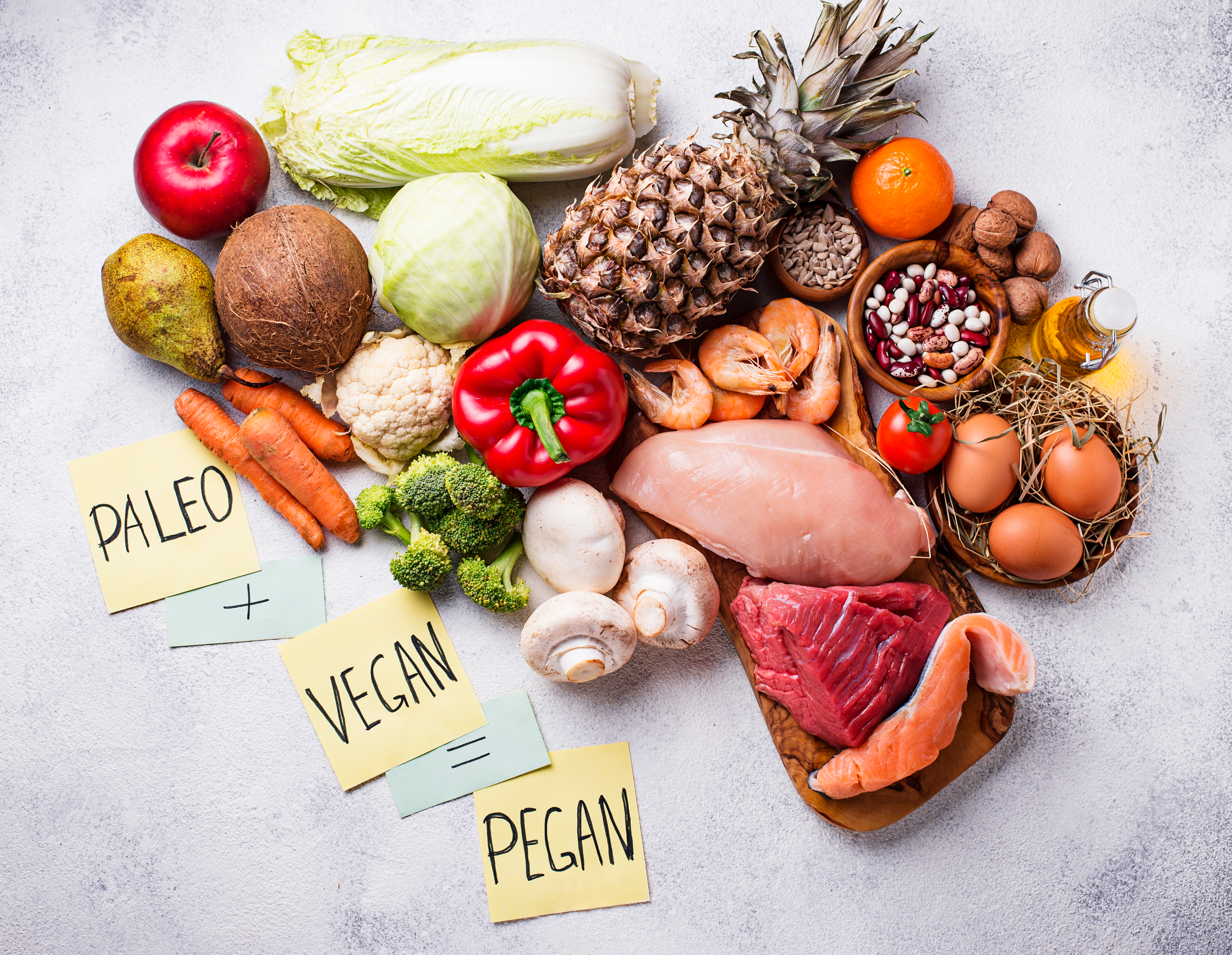Mark Hyman, doctor and author of Food: What The Heck Should I Eat?, tried most diets and was left unsatisfied. So, Hyman decided he’d create his own diet: the Pegan diet. If you start a search online today, you can learn more about the Pegan diet.
Many diets are lacking in some areas. To fix these problems, Hyman merged the paleo and vegan diets to create the “Pegan” diet. And if you’re interested in giving this diet a try, here’s what you need to know.
What is the Pegan Diet?
The Pegan diet was developed by Mark Hyman, and it combines the best parts of the Paleo and vegan diets. “The best versions of these diets are built on the same foundation,” Hyman says. And that foundation is eating whole foods with little to no sugar content, healthy veggies and fruits, and healthy fats.
The Pegan diet is becoming popular because it’s mild – it’s an option that’s truly in-between two extremes. And it’s based on science.
Is the Pegan Diet the Right Diet for You?
The answer to this question depends on your preferences. But Hyman promotes the diet for everyone.
It’s said to be a fantastic diet for improving your health, and that it can “reset” your body. However, what’s certain about the Pegan diet is that it can help you stop unhealthy eating and create a foundation for good health.
But here’s the catch: Pegan is not a diet you can try for a few weeks and then stop. In order to reap its benefits, you have to stick with it and follow it on a daily basis.
How to Get Started with the Pegan Diet
Just like any other diet, following the Pegan diet requires you to exclude some foods and include others. You’ll be increasing your vegetable and fruit intake and trying to cut out unhealthy foods.
Here are a few ways to begin following the Pegan diet.
Say No to Sugar
First things first: starting the Pegan diet means it’s time to cut out sugar. You’ll need to exclude artificial sugars from your diet by all means and only consume it sparingly. Artificial sugar should be an occasional indulgence, not a diet staple.
Eat 5 Cups of Veggies Daily
Vegetables are the centerpiece of the Pegan diet. So, you’ll want to include vegetables in every meal.
You’ll also want to eat the right kind of veggies. Stick to non-starchy vegetables, like broccoli, asparagus, and spinach. Harvard Health recommends eating 5 cups of vegetables on a daily basis, and Mark Hyman agrees.
Seek Out Organic Foods
Since the majority of your diet is going to be made up of vegetables, you have to make sure you’re getting the best ones. Organic vegetables are free of pesticides and are generally healthier for you. Check out your local farmers’ market for the best finds.
Follow the 1:2 Rule
Dr. Oz’s Pegan 365 diet recommends eating 1 serving of paleo protein and 2 servings of vegan protein every day. That makes 3 servings of Pegan proteins.
Your options for both types of proteins are unlimited. For example, for vegan protein, consider having tofu, beans, seeds, or tempeh. For paleo proteins, you can eat fresh chicken, meat, fish, or eggs.
Avoid Seed Oils
While you can eat seeds and nuts on the Pegan diet, seed, nut, and vegetable oils are generally not recommended. Instead, your best choice is to use extra virgin olive oil, as it’s full of healthy fats and Omega-3s.
Eliminate Dairy
Aside from certain products such as yogurt, grass-fed butter, ghee, kefir, and cheese, say your goodbyes to all other dairy products. Dairy products can defy the Pegan diet, and many include sugar and other items that aren’t allowed on this diet.
Stick to Healthy Fats
Healthy fats are monounsaturated fats that are good for weight loss and a plethora of conditions associated with it. Incorporate avocados, nuts, olive oil, seeds, grass-fed meat, coconut oil, and butter in your diet.
Eat Beans Sparingly
Hyman recommends limiting the number of beans you eat, despite them being high in fiber, protein, and healthy minerals – this includes lentils. Those with diabetes and may experience blood sugar spikes and digestion issues from consuming beans, as well as inflammation.
Always Keep Your Body in Mind
Every person has bio-individuality. And that means everyone has their own needs in regards to diet and lifestyle. While one diet may work for one person, it may not work for you. And when you switch to the Pegan diet, it may not be a perfect fit for your nutritional needs.
Monitor how you feel when you’re eating certain foods, and never force yourself to eat something if it isn’t sitting right with your stomach. If you aren’t feeling your best on the Pegan diet, you may need to change what you’re eating. While this diet can help instill healthy habits, it’s important to feed your body with what it needs.
